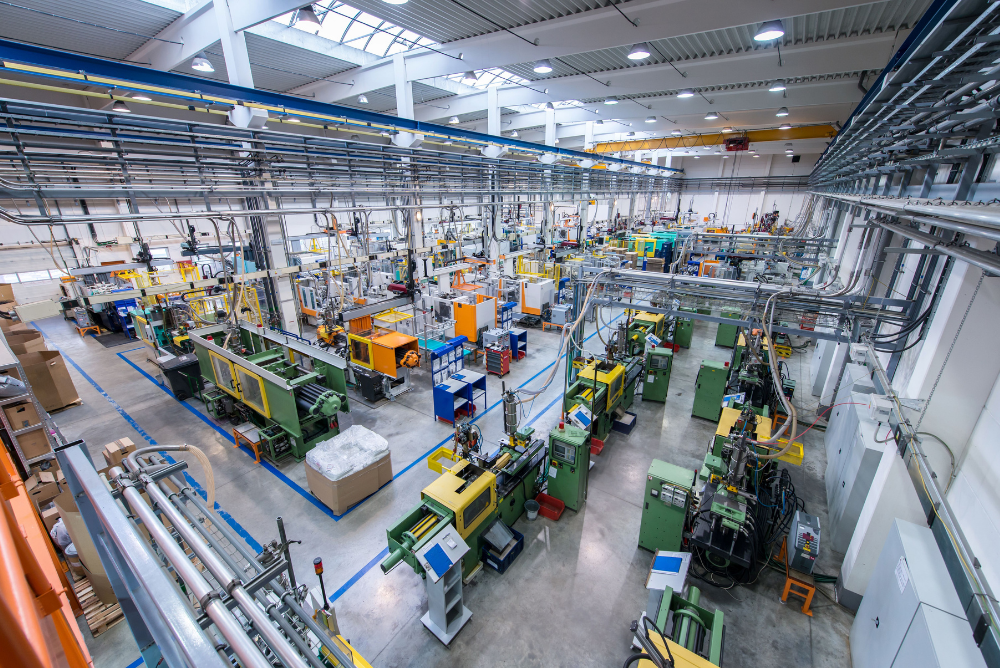Increase in plant efficiency
With ifp consulting to efficient and reactive production.
Services in the area of operational excellence
Services in the area of operational excellence
The path to a high plant efficiency
Disruptions become routine
Plants with long set-up and downtimes lead to high costs with low production. Increasing plant efficiency is a prerequisite for implementing lean processes.
Low plant efficiencies occur primarily in plants operated over the long term. Small changes that lead away from the optimal setup process or short-lived disruptions are transferred into the routine by the plant operators and are thus not perceived as a serious cost factor.
Equipment is operated below maximum speed because the machine has been inadequately maintained and cannot withstand the load, or because any control mechanisms are not designed for the proper speed of the equipment. Quality problems are often due to improvable processes or insufficient maintenance.
However, even completely new plants can have low efficiency if the customer’s needs cannot be properly met or if the logistics and production concepts are not coordinated.

Overall plant efficiency is defined by three factors:
- Availability factor
- Performance factor
- Quality factor
These factors are mainly influenced by the Six Big Losses:
- Downtime -> Loss of availability due to malfunctions or failures in the production process.
- Setting -> Loss of availability due to set up time and tool settings
- Micro Stops -> Loss of performance due to frequently occurring stops of less than three minutes
- Speed loss -> Loss of performance due to production below the possible maximum speed.
- Rejects during start-up -> Quality losses due to errors/ problems during start-up
- Rejects during production -> Quality losses during normal operation (e.g. due to defective machine parts).
We support you in increasing plant efficiency
- Break through project – first efficiency improvements within a few weeks
- Implementation of OEE and benchmarking – analysis and holistic evaluation of production & logistics
- Workshops for the development of the optimal order planning – Simulation of the order planning and the resulting plant availability
- Recording and analysis of faults/quality problems
- Consideration of the capacities of several plants and elaboration of the ideal machine utilization in the overall picture
- Involvement of the employees at the plant in order to guarantee a holistically accepted and long-term increase in efficiency
- Reduction of setup time through a storybook for setup that is tailored to the plant
Factors of success
Retrofitting older plants to bring them back up to the current state-of-the-art offers further aspects for increasing plant efficiency through design measures. Unexpected downtime, which leads to a reduction in efficiency, can be prevented by an effective and well-organized TPM. Continuous monitoring of the plant and its KPIs provides an important tool to directly identify any deviations from optimal performance and take countermeasures. This requires a powerful performance control system to monitor and evaluate all processes live.

How does plant inefficiency occur?
Partial, small deviations from the optimum condition add up and lead to long setup and downtimes, which in turn result in low availability of the systems.
In order to be able to respond to customer requirements at short notice, capacity bottlenecks due to low plant utilization must be avoided at all costs.



